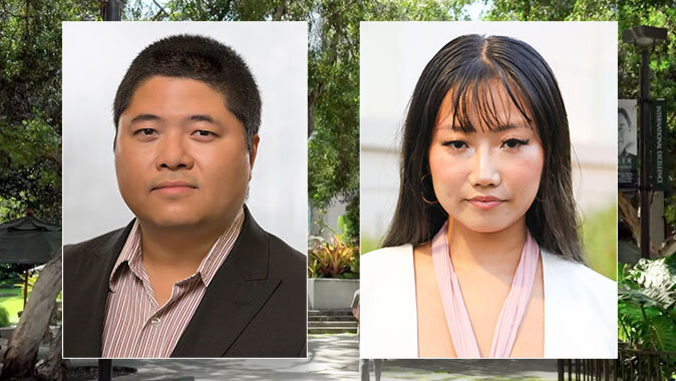UH Student AI Projects Headed to National Competition
Two University of Hawaii students, Quang Loc Lam and Kunlan Yang, have developed innovative AI solutions that tackle sustainability challenges in Hawaii, according to a UH news release. Their projects were winners in local pitch events, and are now advancing to compete at the national level for over $400,000 in prizes.

Quang Loc Lam, a PhD student in Information Technology Management, created a company called “Energy AId” that leverages AI to analyze energy usage patterns in buildings. The goal is to uncover opportunities to boost efficiency and reduce energy costs.
As Lam explains, “Using AI and other technologies, we can significantly improve energy efficiency and reduce energy costs for buildings. It’s exciting to think about the possibilities.”
Meanwhile, Kunlan Yang, an undergraduate finance major, launched a biowaste company called “ABLE” that transforms food waste from restaurants, hotels, and farms into pre-refined biomass that gets sold to biofuel producers. Yang aims to revolutionize how Hawaii handles and perceives food waste, while also driving sustainability efforts.
“Fueled by a passion for food and the environment, this idea uses biofuel technology to extract value from food waste and turn it into a source of renewable energy,” Yang shares.
Both Lam and Yang are headed to the 2024 EnergyTech University Prize Student Track national competition, hosted by the Department of Energy’s Office of Technology Transitions. Over 225 teams will develop business plans around promising energy technologies for a chance to win funding and mentoring.
The projects showcase the culture of innovation at the Pacific Asian Center for Entrepreneurship (PACE) in the Shidler College of Business, which empowered the students to enter the competition.
As PACE’s Executive Director Sandra Fujiyama notes, “Activities like this provide students with valuable practical learning experiences, and showcase the innovative ideas of our students to address energy challenges locally and globally.”

